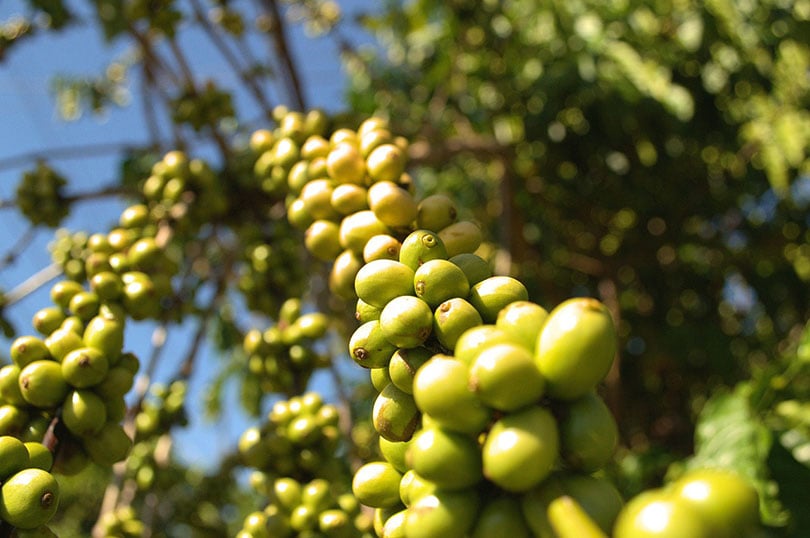
Whether you are a fan of Angola coffee or are simply curious about the taste, it’s clear these beans have one of the richest histories around. From once glorious coffee standings to a practically non-existent production, Angola coffee farmers have fought hard to keep their heads afloat. Let’s take a look at this amazing robusta coffee and why you should make tasting it a priority in your life.

The Beginnings of Coffee in Angola
While Angola may not be a powerhouse in the coffee world currently, that doesn’t mean they were not at one time. The beginnings of coffee in Angola happened thanks to the Portuguese. This happened in the 1830s and led to coffee quickly becoming a cash crop for the region. Shortly after this emergence, a Brazilian farmer started the first commercial coffee plantation in Angola and helped the region recognize the opportunity they had at hand.
Most of the 2,000 plantations in Angola were owned by the Portuguese, who grew the robusta coffee beans the region became famous for. By the early 1970s, Angola made its mark by being the third-largest coffee producer in the world. The farms in the region were producing roughly five million bags of coffee per year and were happily exporting the majority of it. It wasn’t until the eruption of a long civil war that the coffee industry in Angola began to suffer. Today, the industry is still struggling to make the comeback it deserves.

Angola’s Robusta Coffee
With the coffee industry attempting to make a major comeback in Angola, it’s important to understand more about the robusta coffee they grow. Angola coffee is specified according to which area of the country it grows in. Angola is best known for four types of robusta; Amboim, Ambriz, Cazengo, and Cabinda. Amboim robusta is easily the most popular and most valuable when it comes to taste and price.
Most robusta in Angola is processed naturally and sun-dried, with hulling happening later in the process. This hulling is normally done by the local farmers themselves on their farms. Most of these farmers then sell their beans to the field agents of local export companies or other traders. Pricing for these beans is still set by the government, however, which limits what farmers make.
The Current State of Coffee in Angola
While the war in Angola decimated the coffee industry years ago, many are still dealing with the aftermath today. Many of the old plantations were abandoned during the civil war. This left old coffee plants unharvested and several plantations littered with signs of war, including landmines. Many of the plants are also dealing with disease and pests. With no real support for coffee farmers, regaining the glory the area once had, would be difficult.
Luckily, for the coffee farmers in Angola, rehabilitation efforts have helped coffee make a comeback in the area. With the support of the government and the several policies and procedures being implemented, growth is slowly returning to Angola when it comes to coffee. Farmers and others in the area are realizing that coffee can once again be a cash crop of the area.

The Taste of Angola Coffee
Angola coffee is best known for its smooth yet sweet taste. This taste is achieved without mixing, which is rare for robusta beans. With this amazing, natural taste, it’s no wonder so many are falling in love with Angola coffee all over again. For coffee lovers, this smooth taste is ideal for use in any coffee drink, pour overs, and even in an automatic drip to get a great cup of coffee.

In Conclusion
While Angola coffee is trying to make a comeback, several things are standing in the way. Whether they’ll find their way back to the top of the coffee export charts again or simply become a popular coffee-growing region again remains to be seen. What has not changed, however, is the great taste Angola coffee beans leave in your cup. With exports to America taking place again, perhaps it’s time for you to try a cup of this delicious, smooth coffee. It may very well become one of your favorite tastes to enjoy when waking up each morning.
Featured Image Credit: Per Bengtsson, Shutterstock















